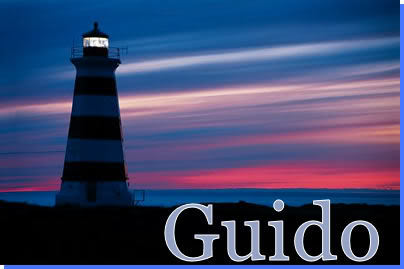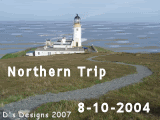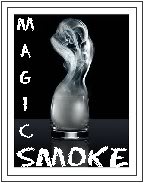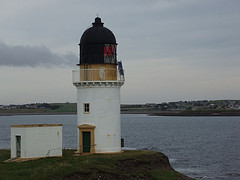This week's Photo Scavenger hunt #80 by Val and Krissy has as its theme out-of-date, old, or antique. I had to think about this for a while, not realising that the theme is all around me in the island.
Until the 1950s, the majority of people in the Western Isles lived in a blackhouse. Picture 1 shows the outline on the ground, this being a ruin in the hamlet of Borrowston, near Carloway. The left-hand section would have been the living area. It's not very clear on the pic, but the exterior walls consist of two walls, joined together with clay. thickness, built of stones collected from the surrounding area. A thatched roof would cover it, with the roofbeams sloping down to the area between the two walls. Grass will grow there as well. Any rain drains away over the clay. The original blackhouse has no chimney, and the fireplace is actually a hole in the ground in the middle of the living area. Peats sit there, burning and glowing white-hot. It was the horror of any mother to think that a small child might fall into the fire - which did happen. The smoke simply rises up and dissipates through the thatch. If you visit the Arnol Blackhouse Museum at Arnol, you'll get an appreciation of what living conditions were like. The living area would have a "sitting room", with sleeping quarters at the very rear of the house. As you may be able to discern on the above picture, houses were often built on a slope. At the bottom of the blackhouse, on the other side of the entrance door, the animals would be housed. Any effluent would drain away through a hole in the exterior wall. The second section would act as a byre, storage area &c. From the 1920s onwards, the blackhouses [tighean dubh] were gradually replaced with houses of more common design. Translating the Gaelic [tighean geal] would yield "white houses". The Arnol Blackhouse faces a tigh geal across the road, dating back to 1924. It is afflicted with damp, its walls being made of rough-cast cement.
About six miles west of Arnol, a whole village of blackhouses has been restored. They do have chimneys, as was more customary in the 20th century, and look a lot brighter on the inside than does the Arnol blackhouse. Again, you'll find sleeping quarters at the top of the house, and a byre at the bottom.
Whoever you speak to in Lewis, they are glad to be out of blackhouses. Filthy, uncomfortable and dangerous. Out of date, in other words.












This is very interesting. I can't even imagine living in a house like that. Why did they call it "Blackhouse?"
ReplyDeletePamela
Actually, the inside looks nicer that I expected!!
ReplyDeletePam
Great choice great pictures ,why black house ......smoke ?.....Jan xx
ReplyDeleteI can understand why the people are happy to be out of the blackhouses although they look quite nice inside! Jeannette xx
ReplyDeleteVery, very interesting. Do they call them blackhouses because of the smoke? Neat entry! Hope you have a lovely week! xox
ReplyDeletehttp://journals.aol.com/valphish/ThereisaSeason
The village of blackhouses looks so romantic, thanks for telling us what living conditions were really like. An enjoyable read and the pictures are wonderful.
ReplyDeleteSylvia
Thanks for the tour, very interesting, and good choice for the hunt...
ReplyDeleteLinda :)
"The name ‘blackhouse’ dates back to the middle of the last century when more modern buildings were introduced into the Western Highlands and Islands as rural housing and land use underwent huge changes. Predominantly standard one-and-a-half storey and slated, these new houses were called ‘taighean geala’ - white houses in the Gaelic speaking areas. To create a distinction, the old thatched cottages with their drystone walls, were called ‘taighean dubha’ - blackhouses."
ReplyDeleteFrom: http://www.dualchas.com/heritage.asp
Personally I think it is a pity people choose to live in ugly cheap kit homes build all over the highlands and islands now rather then longhouses. I have stayed in one of the blackhouses in Gearrannan one Christmas holiday with friends. They are upgraded to todays living standards. I could definitely live in one of those !
http://www.gearrannan.com/